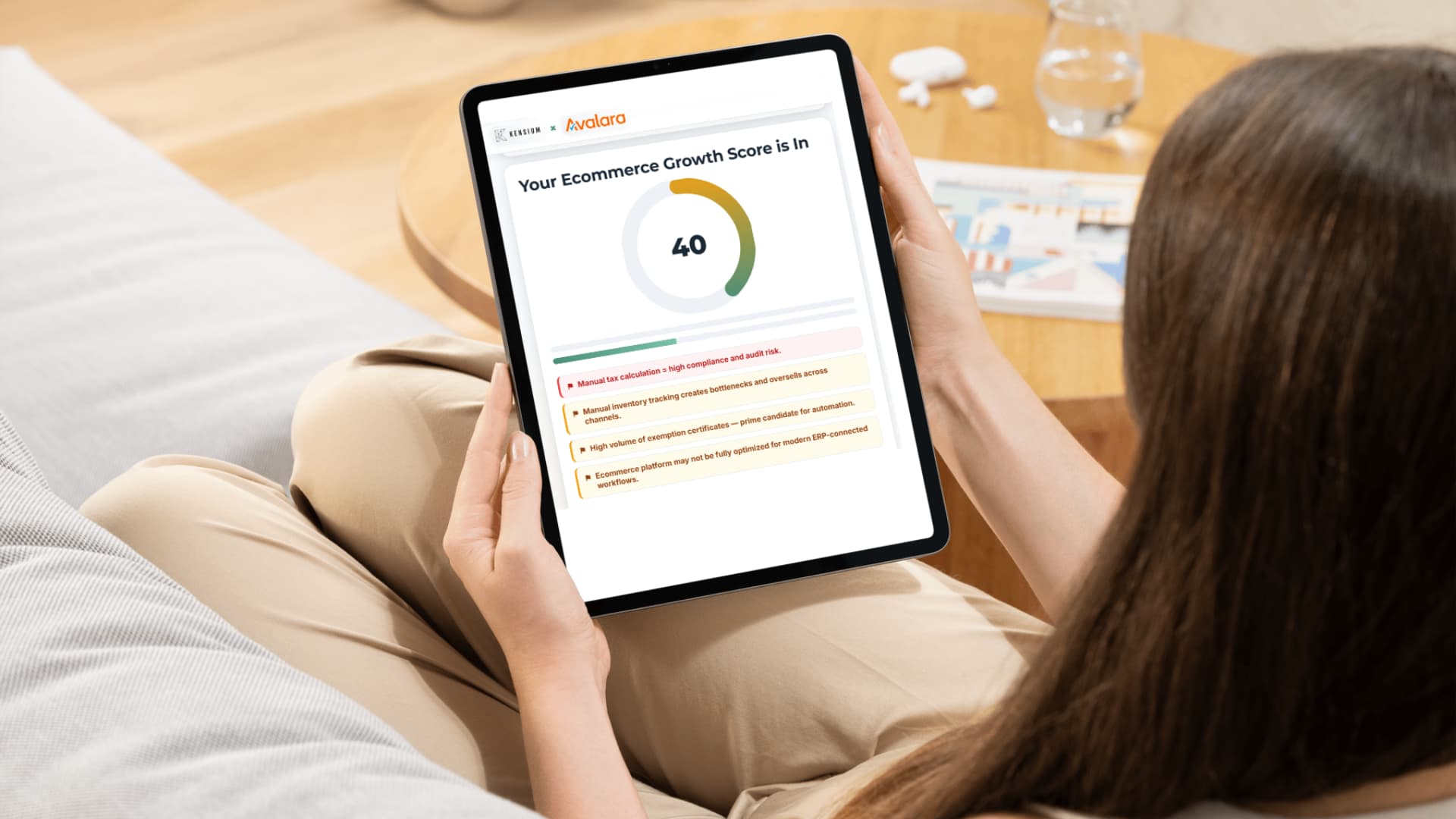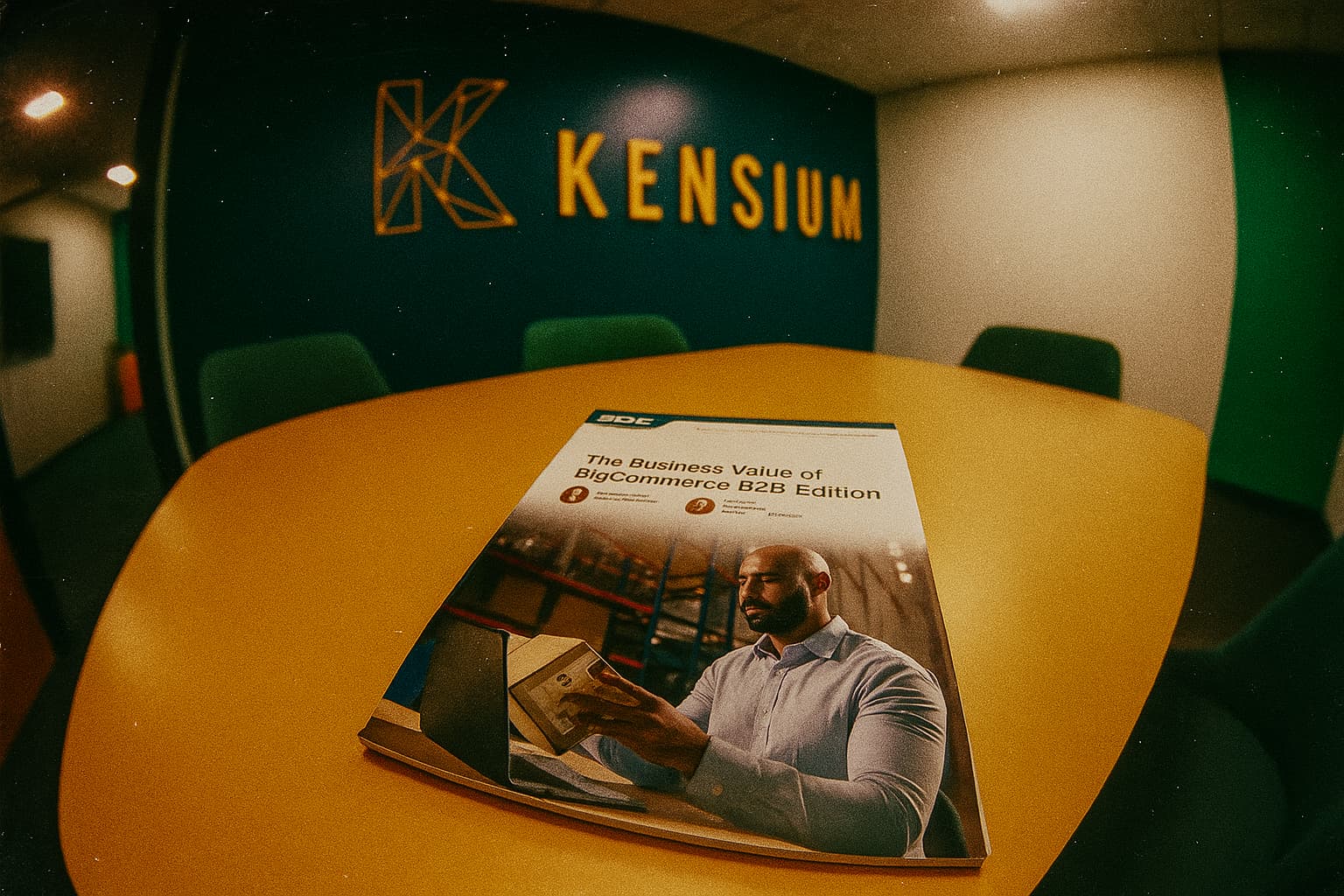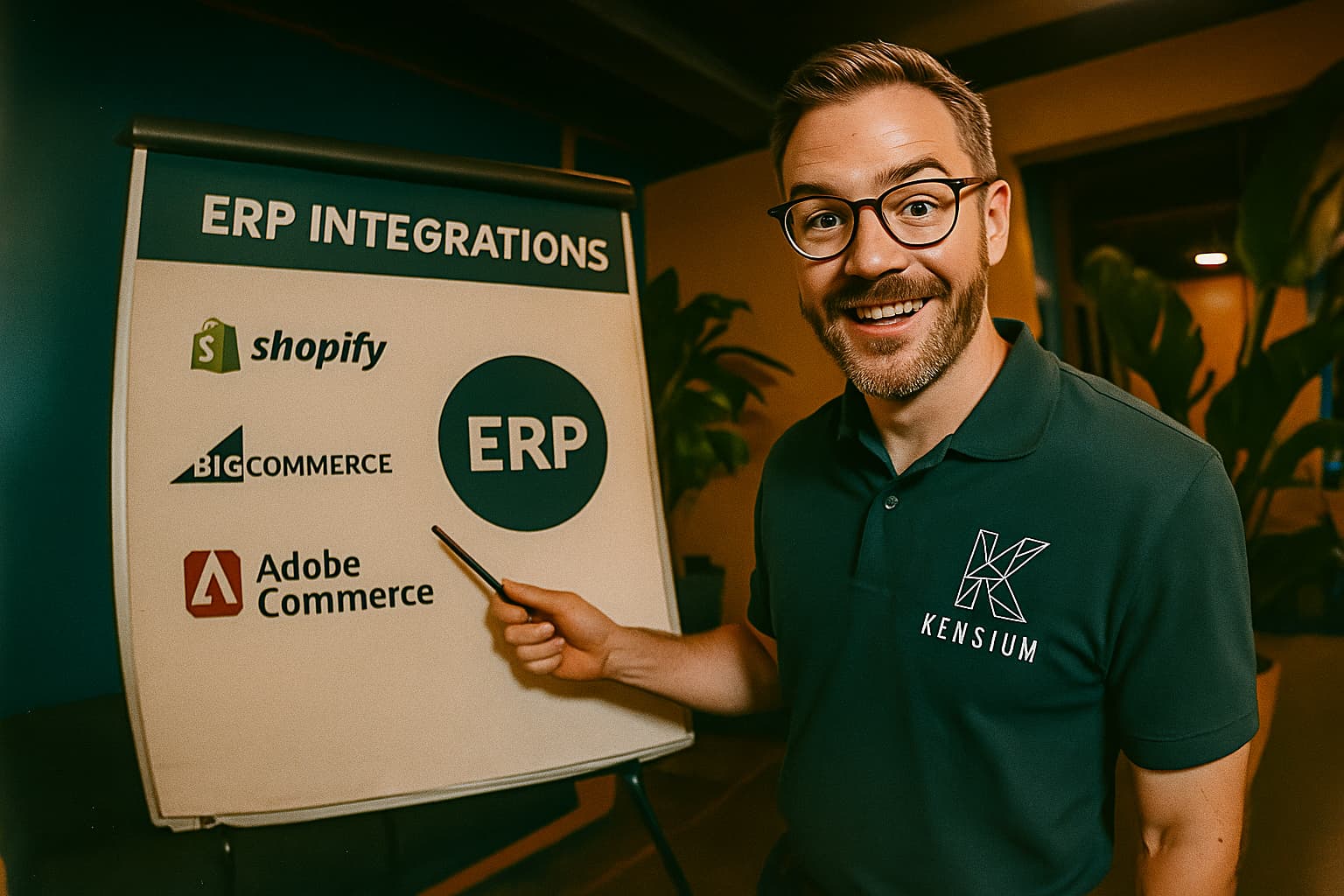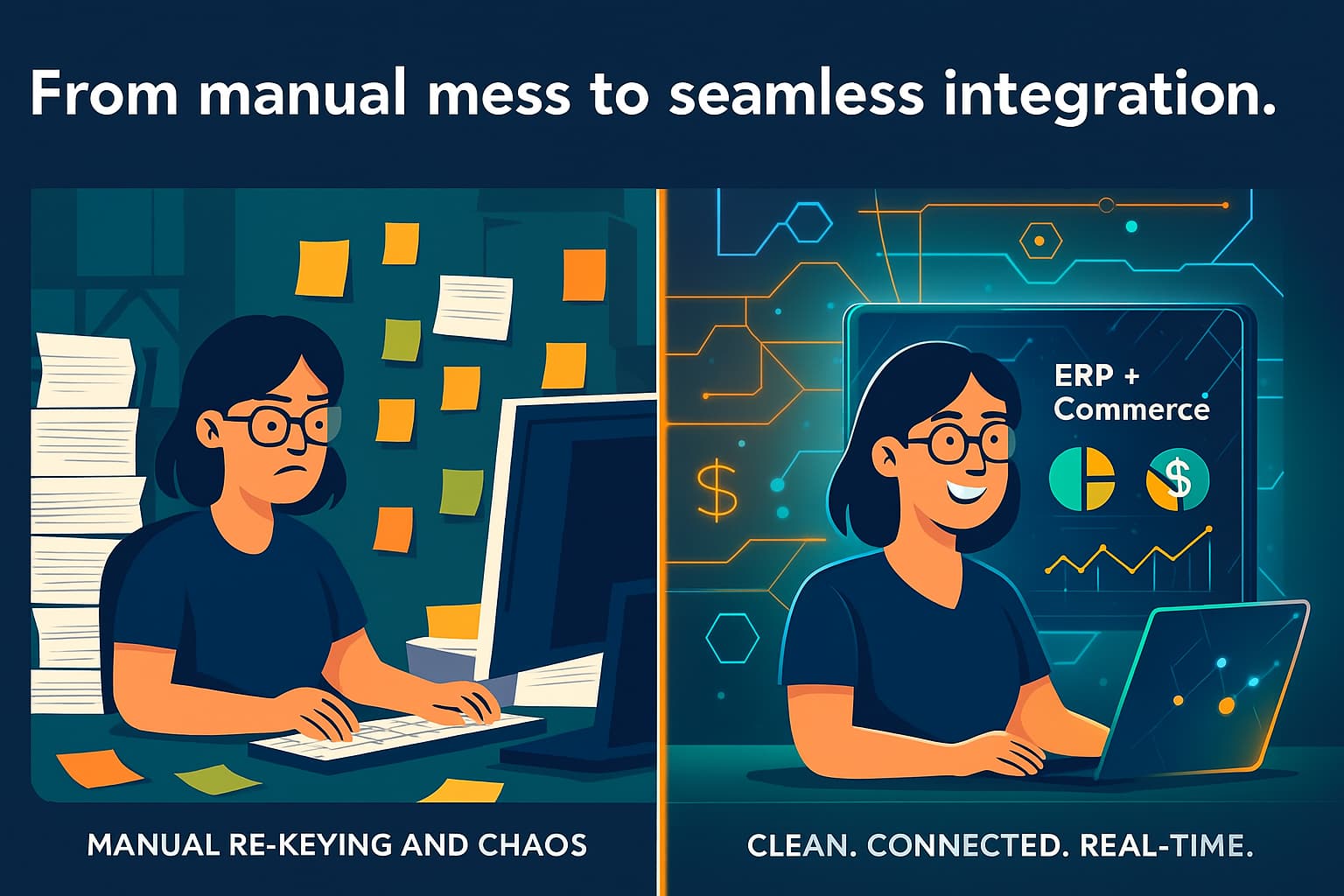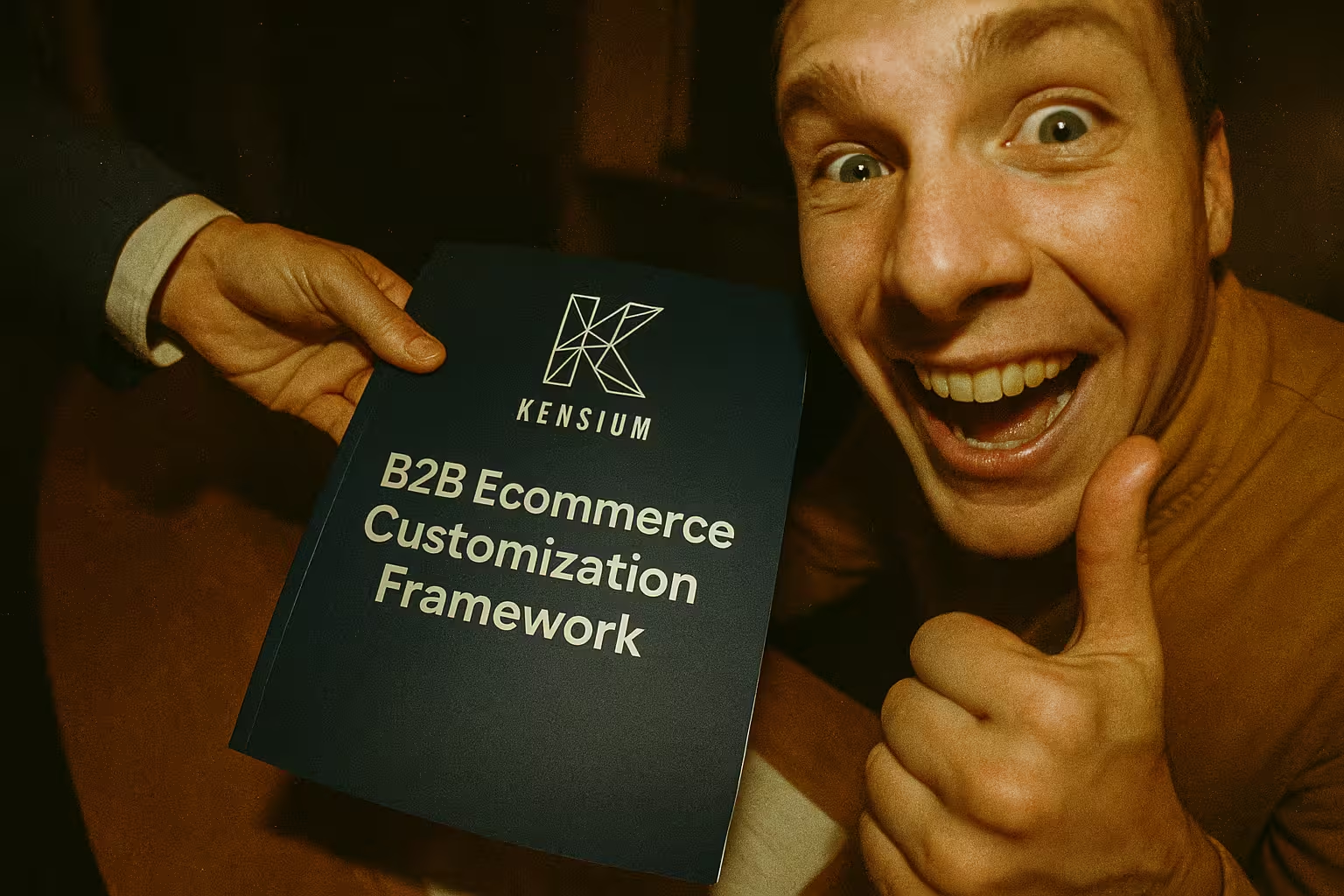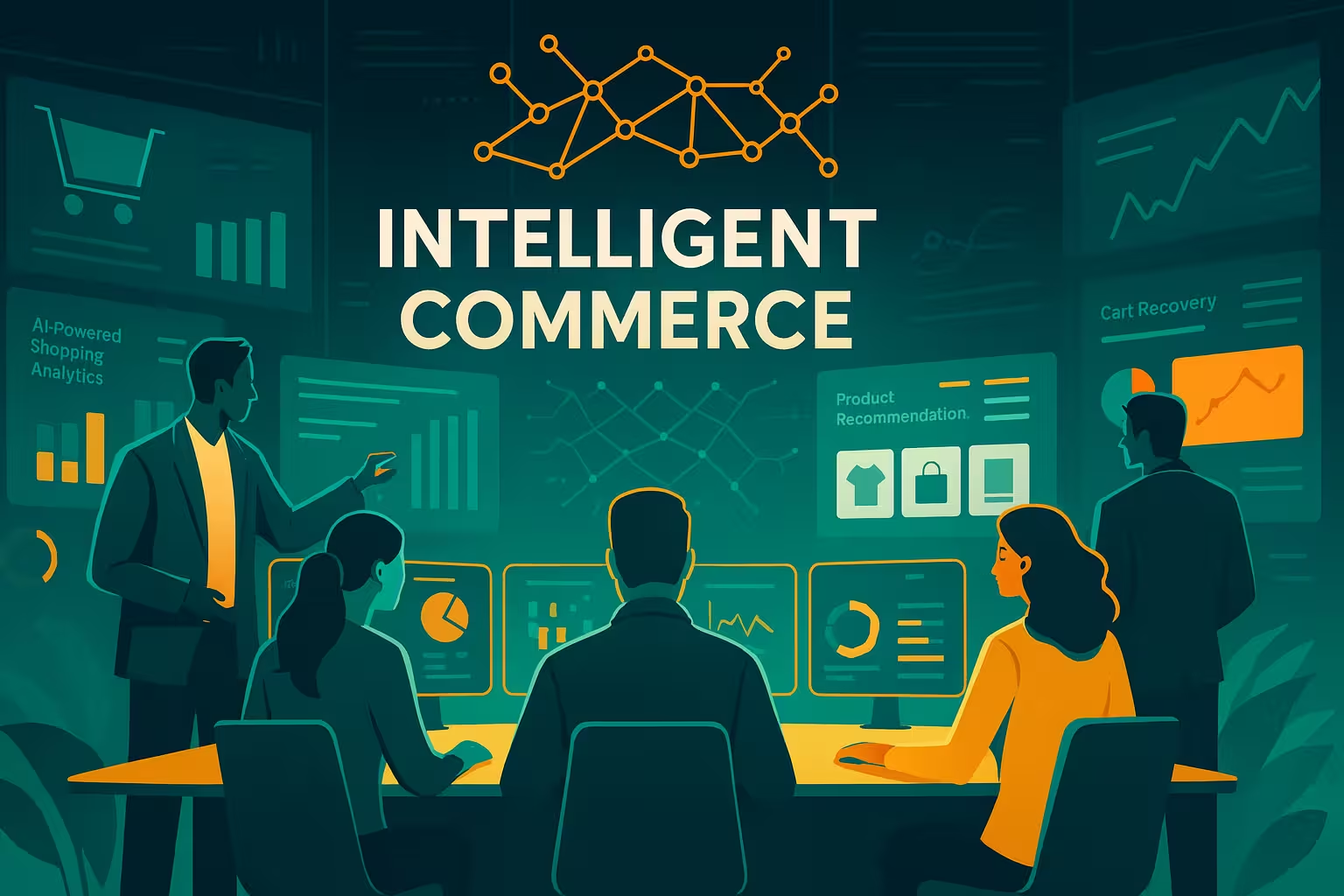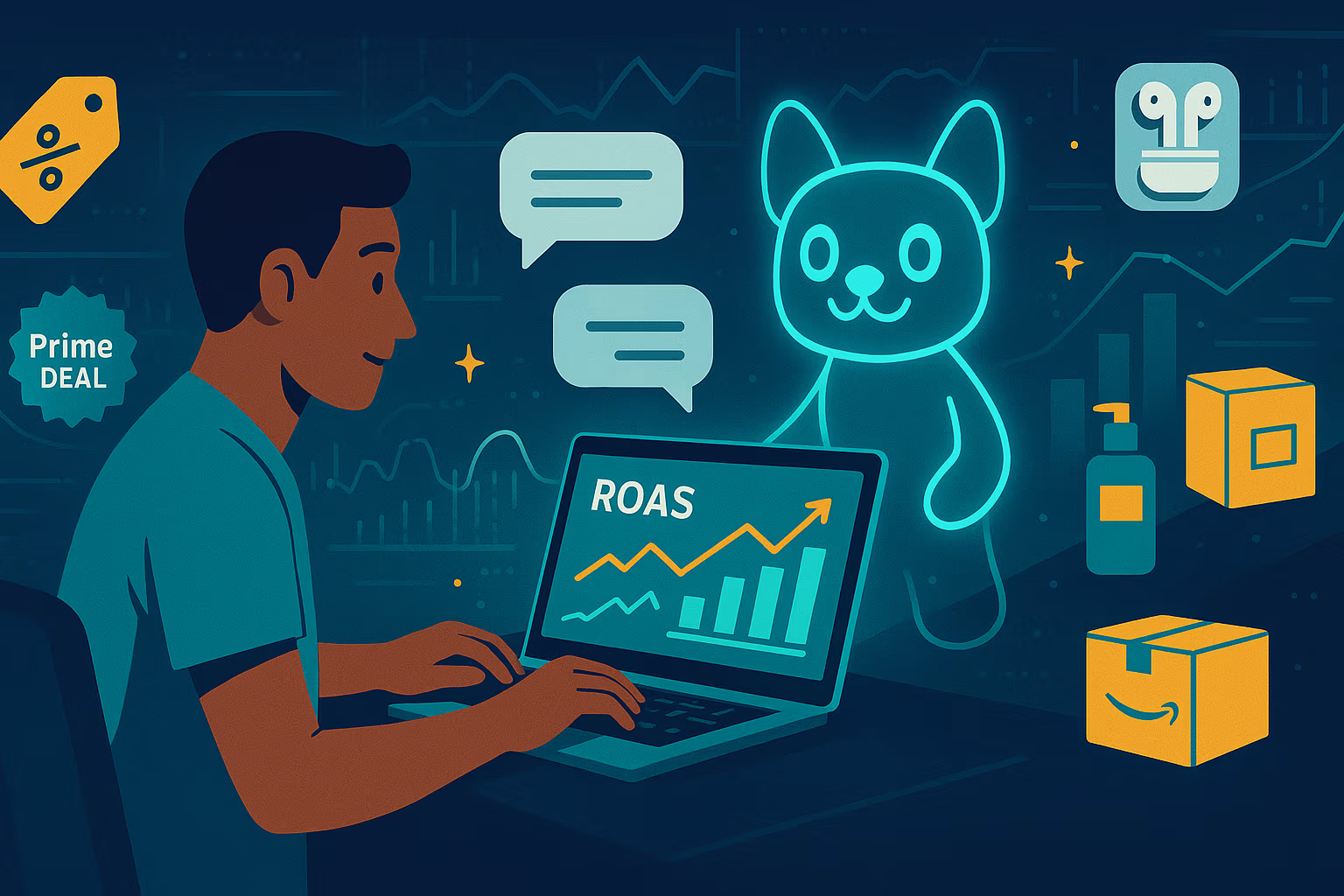
Introduction: Strategic Cost-Cutting for Scalable Growth
For mid-market DTC and B2B brands, staying profitable in 2025 demands more than just increasing revenue—it requires spending smarter. Cost-cutting is no longer a desperate move, but a strategic initiative that enables businesses to do more with less. At Kensium, we help brands streamline operations, cut inefficiencies, and reinvest savings into growth-enabling strategies like automation, ERP integration, and performance marketing. This guide walks through practical, high-impact ways to cut costs while scaling—using real-world insights, tool recommendations, and a proven framework.
What Is Cost-Cutting in eCommerce?
Cost-cutting refers to the deliberate reduction of operational and technology expenses through automation, tech stack consolidation, marketing optimization, and smart sourcing. It's not about reducing headcount or halting growth activities—it’s about identifying waste and optimizing for efficiency.
When integrated with modern tools like Acumatica, BigCommerce, and Jasper, cost-cutting becomes a growth enabler—not a compromise on quality.
Why It Matters: Real-World Friction and ROI Leaks
DTC brands are watching their ad costs balloon, while B2B sellers juggle disconnected systems and manual processes. As one merchant posted on Reddit:
“We ended the year in the red. Facebook ad costs are brutal, and it’s getting harder to scale profitably.”
Another shared:
“Every campaign we pause has zero impact on sales. We’ve just been burning cash.”
From Kensium’s client base:
- A beauty brand was spending 34% of its revenue on ads with declining ROAS.
- A B2B industrial supplier was manually reconciling orders across 3 platforms, leading to delayed shipments and rising labor costs.
Cost-cutting done right removes such friction while creating operational lift. Our clients routinely experience:
- 20–35% reduction in fulfillment costs
- 2x faster decision-making through real-time ERP data
- 15–25% increase in ROAS after marketing consolidation
Deep Dive: Practical Approaches to Leaner Growth
1. Automate Manual Tasks
From order processing to returns to customer emails, automation saves thousands in labor and time. Kensium helps build tailored workflows that:
- Auto-generate invoices and reports
- Handle repetitive marketing tasks via platforms like Klaviyo or Mailchimp
- Reduce warehouse errors through WMS automation
2. Consolidate Marketing Ops
Fragmented PPC, SEO, and content efforts waste budget. Kensium unifies strategies and replaces multiple freelancers or agencies with a single, full-service approach—cutting overhead and improving ROAS. Tools we use: SEMrush, SurferSEO, Meta Ads Manager.
3. Migrate to Lower-TCO Platforms
Brands locked into legacy or high-fee platforms can save thousands annually by moving to cost-efficient SaaS solutions like BigCommerce or Shopify. Kensium handles full migration and optimization—ensuring no SEO or revenue is lost during transition.
4. Implement ERP for Operational Efficiency
ERPs like Acumatica centralize inventory, sales, and financials. Kensium’s integration experts link ERP systems with your store to:
- Reduce overstock and stockouts via demand forecasting
- Cut manual entry and error costs
- Enable dynamic pricing and vendor coordination
5. Improve Website Performance
A slow site inflates acquisition costs. Kensium optimizes:
- Site speed (Core Web Vitals)
- Mobile UX and checkout flows
- Conversion paths
Impact: Lower bounce rates, higher AOV, and improved ROI from every ad dollar spent.
6. Outsource Non-Core Functions
Our Managed Services team handles:
- Product catalog cleanup
- Quality assurance
- Website maintenance and patching
Clients save on payroll while gaining reliability.
7. Reduce Returns with Better PDPs
We upgrade product pages with:
- Visual guides
- Size charts
- Live FAQs
This reduces mismatches and return-related logistics costs.
8. Drop Ineffective Channels
Through Kensium’s channel analysis, clients discover where fees, commission cuts, or operational friction outweigh the ROI—often shifting efforts to owned D2C channels.
9. Smarter Packaging & Fulfillment
Eco-friendly, right-sized packaging reduces dimensional shipping fees. Kensium automates box-size selection and integrates warehouse logistics for lower shipping cost per order.
10. Loyalty & Subscription Models
Retention = lower CAC. Kensium builds:
- Points-based loyalty programs
- VIP tiers
- Auto-reorder subscription flows
These increase CLTV and reduce churn without added ad spend.
Case Study: Shoebacca’s Cost-Cutting in Action
Shoebacca, a high-SKU footwear retailer, partnered with Kensium to modernize and scale its systems. With over 1 million SKUs and 10K+ daily orders, Shoebacca needed a low-friction, high-performance commerce infrastructure to support rapid growth.
The Challenges:
- Managing millions of SKUs and 10K+ daily orders
- Disconnected Magento infrastructure and manual sync issues
- Complex multi-source inventory (including NAFTA feeds and 3rd parties)
- Serialized product tracking for recommerce via BrownBox
- Limited returns handling and workflow automation
Kensium’s Solutions:
- Migration from Magento to Shopify for better agility and cost control
- Direct integration between Acumatica and ChannelAdvisor
- Custom serialization mapping for BrownBox's recommerce inventory
- Loop Returns integration for end-to-end refund and exchange automation
- Real-time inventory and order sync across Amazon, eBay, and Walmart
Outcomes:
- 100% automated marketplace sync
- Reduced overselling and manual intervention
- Lower cost-to-serve per order
- Simplified returns with real-time reconciliation
- Infrastructure scaled for peak velocity
“Shoebacca has evolved into a high-velocity operation with complex fulfillment logic—and Kensium has been at the center of our success story for over five years. Their ability to not just build connectors, but truly understand and engineer around our evolving needs, is unmatched.”
— Shoebacca Executive Team
Key Takeaways
- Cost-cutting is strategic—not reactive—when focused on automation, ERP, and consolidation
- Tools like Acumatica, BigCommerce, Jasper, and SEMrush unlock measurable efficiency
- Kensium serves as both consultant and implementer to ensure execution delivers ROI
FAQs
What’s the first area to cut for an ecommerce brand?
Start with overlapping tools, non-performing ad spend, and manual processes. These typically have the fastest impact.
How soon do results show?
Many clients begin seeing measurable cost savings within 60–90 days after ERP implementation, marketing consolidation, or platform migration.
Is Kensium platform-specific?
No. We work across Shopify, BigCommerce, Adobe Commerce, and headless builds, as well as ERP systems like Acumatica. Our solutions are tailored to your ecosystem.
Conclusion: Efficiency Is the New Growth Engine
In a high-cost digital economy, smart cost-cutting isn't just about saving money—it's about unlocking sustainable scale. By streamlining tech stacks, automating manual workflows, consolidating marketing operations, and centralizing data through ERP, ecommerce businesses can create durable growth engines without inflating overhead.
The future of eCommerce belongs to brands that grow lean, smart, and scalable.
Ready to scale smarter? Contact Kensium to streamline your operations and cut costs without cutting corners.








.png)






